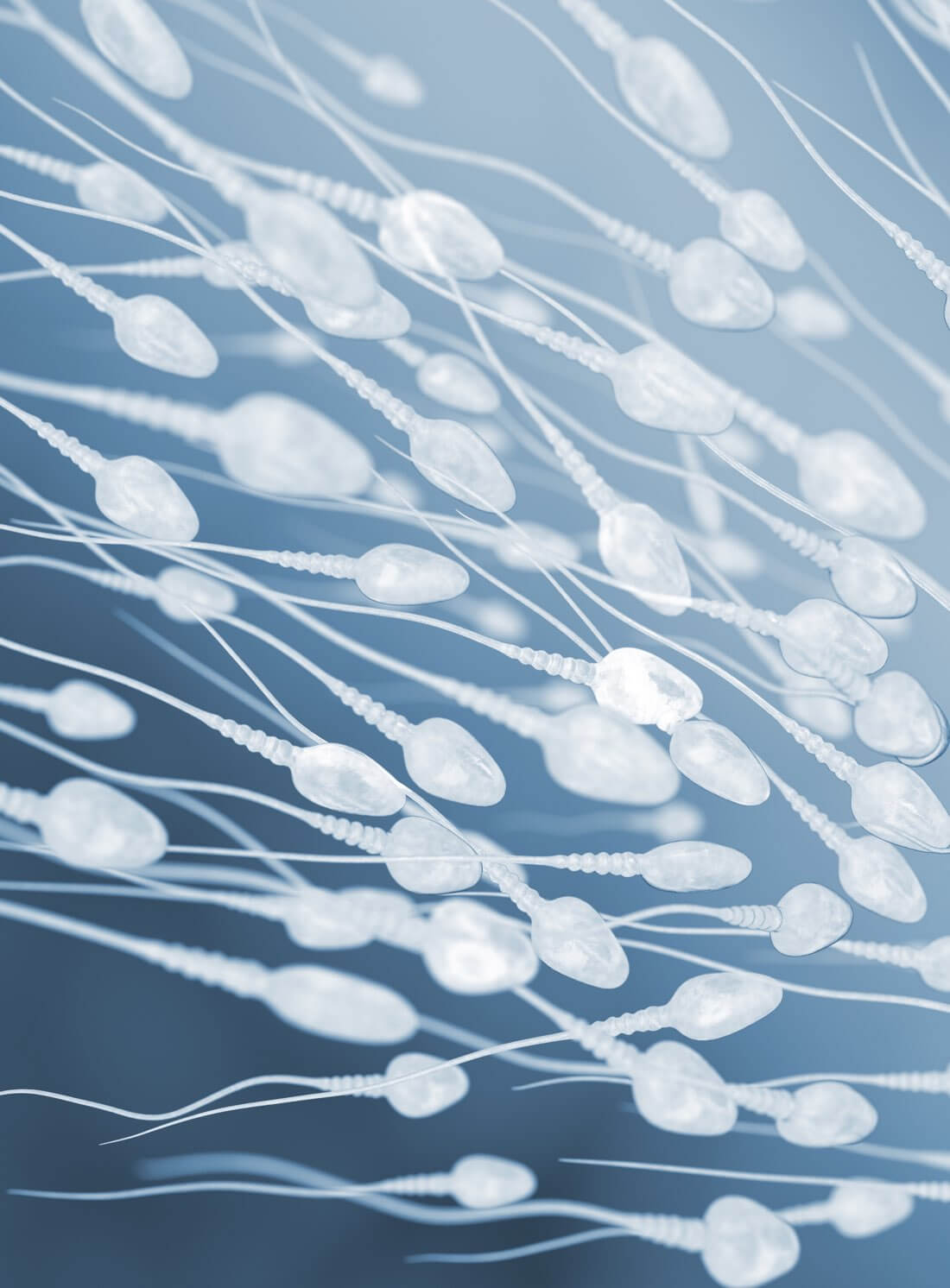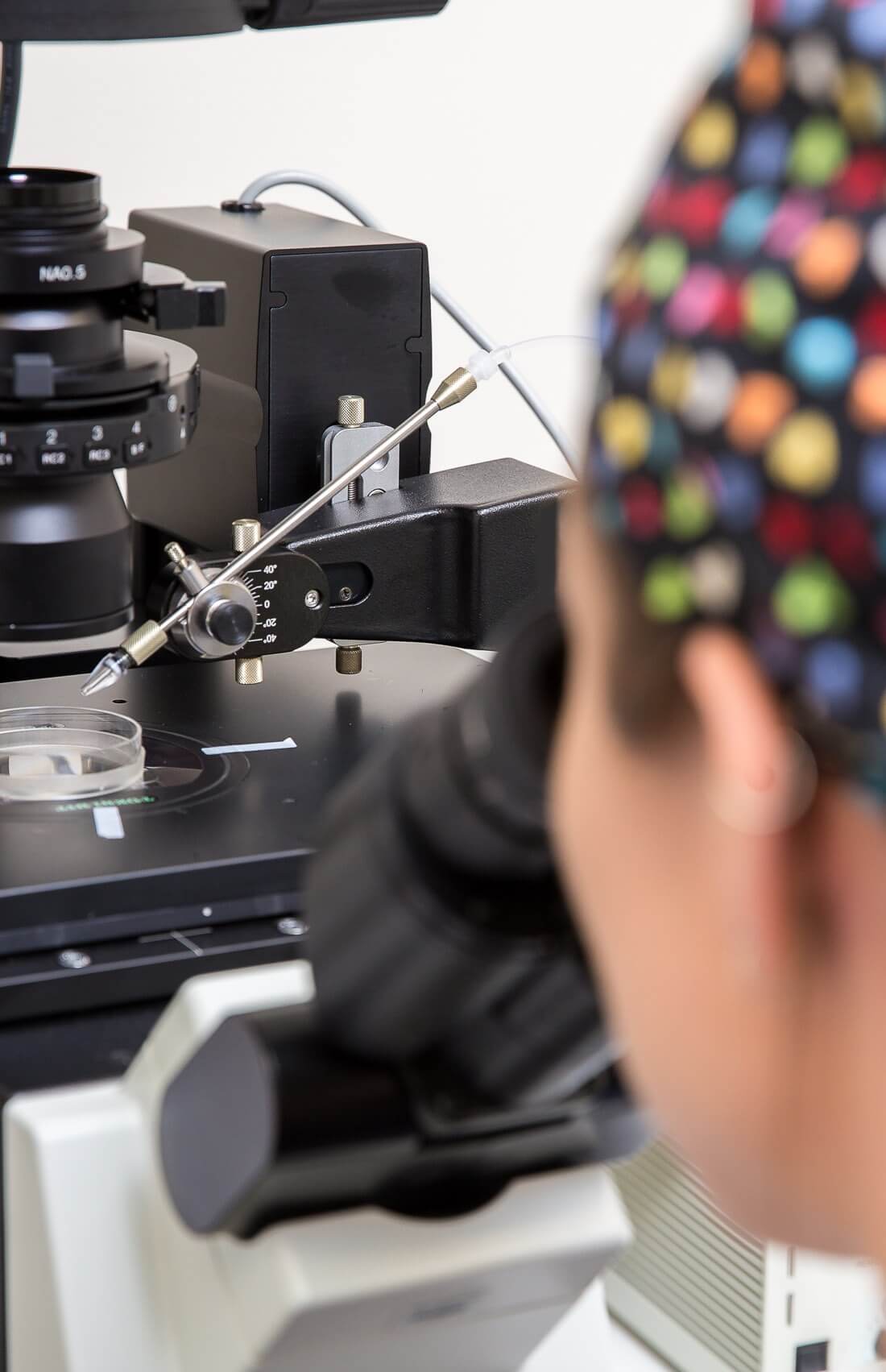Male infertility, TESE and TESA
Can male infertility be cured?
Whether or not you can cure male infertility depends on the underlying cause.
Male infertility can have many causes. Here are a few examples:
Abnormal sperm production
Certain health and medical conditions like diabetes or Sexually Transmitted Infections (STIs) can reduce sperm production.Abnormal sperm function
Enlarged veins in the testes and STIs can affect your sperm function.Abnormal sperm delivery
Certain genetic conditions, premature ejaculation, or obstruction in the testicles are examples of things that can hinder the proper delivery of sperm.Environmental factors
Drug and alcohol use, smoking, radiation, frequent exposure to heat, and certain medications can affect sperm production and quality.Damage
Damage from physical trauma, surgery, or cancer treatment can impair your production of sperm.How to treat male infertility naturally?
Some causes of male infertility are easier to treat than others. Unfortunately, some physical causes like blocked delivery or past trauma are hard or impossible to treat naturally. Many other causes might be treatable through lifestyle changes.
Firstly, you should quit smoking, quit drinking alcohol, and quit any recreational drug use. You can also try reducing the heat around your testicles. For example, try wearing loose underwear and avoid hot baths and saunas.
Also, certain prescribed medications, such as finasteride (used for hair loss), can reduce your sperm quality. You can talk to your GP about alternatives.
Finally, we strongly recommend you exercise moderately and maintain a healthy diet. This will not only improve your overall health but also improve your chances of pregnancy.
"When you make lifestyle changes, it will take about 90 days to see that change reflected in your sperm health. So if you stop smoking today, your sperm will not be healthier tomorrow - it takes time. This is worth remembering when you are trying for a baby."
How common is male infertility?
Sperm count?
When we analyse your semen, we establish your sperm count under a microscope. About 1 in 20 men have a low sperm count, and 1 in 100 men have no sperm at all."Having a low sperm count does not mean you cannot conceive. Just like having a high sperm count is no guarantee you can. There are many options to explore like lifestyle changes and sperm extraction."
Sperm quality
You continually produce sperm, which matures on an ongoing basis. This means your sperm count and sperm quality reflects your lifestyle and environment roughly three months ago.
As with sperm count, be sure to maintain a healthy lifestyle to help improve your sperm quality.
Vasectomy reversal and IVF
Even if you were once sure you did not want to have any (more) children, you can still change your mind.
Vasectomy reversal may be able to reconnect your reproductive tract (vas deferens). However, it is a 2-4 hour long operation under general anaesthetic and can require weeks of recovery. The success rate is improved if the time between vasectomy and vasectomy reversal is less than 10 years. Your GP is the place to start.
Depending on your individual case, in vitro fertilisation (IVF) can be combined with TESE or TESA treatment instead of a vasectomy reversal. This way, we can retrieve sperm directly from your testes without reversing the vasectomy and use this sperm to fertilise an egg.
Another option is having both the reversal and sperm extraction at the time of the reversal.
At Fertility Specialists of WA, we offer a service to collect sperm at the same time as your vasectomy reversal, just in case the reversal does not work. This can be coordinated between the specialist doing the vasectomy reversal and our clinic.
How to extract sperm after a vasectomy?
How we extract sperm after a vasectomy depends on many factors. We will carefully assess your medical history, complete a physical examination and a semen analysis to find the best way to proceed.
An extraction is paired with IVF/ICSI treatment. Most commonly, we will extract the sperm before the IVF/ICSI treatment. The collected sperm is then frozen until you are ready to proceed. If you have no other problems with conceiving, you may want to consider a vasectomy reversal instead.
What is a TESA and TESE?
"Sperm extraction is when we surgically retrieve sperm from within the testicles. This way, it does not matter if the semen is free from sperm. The retrieved sperm can then be injected into an egg to create an embryo, ready for implanting."
TESA procedure
We numb both of the testes using local anaesthetic and extract a small tissue sample using a needle. The sample is analysed under a microscope to see if there is sperm present. Once the laboratory staff are satisfied there is enough sperm, it is then frozen for future use.TESE procedure
We numb both of the testes using local anaesthetic and one of our physicians performs a surgical biopsy of your testes. A tissue sample is extracted through a small incision. Often, the sample site has been identified beforehand, and a microscope analysis is not needed.Key points
Male infertility is often related to lifestyle factors that you can work on changing.
If male infertility is from physical damage or obstruction, you can consider TESA, TESE, or microdissection-TESE extraction procedures.
We can extract sperm even after a vasectomy.
We are happy to discuss options with you and together find out the next step best for you and your family.
Talk to our specialised clinic to learn more about your options.
Professor Roger Hart: What can be done about male infertility?


















